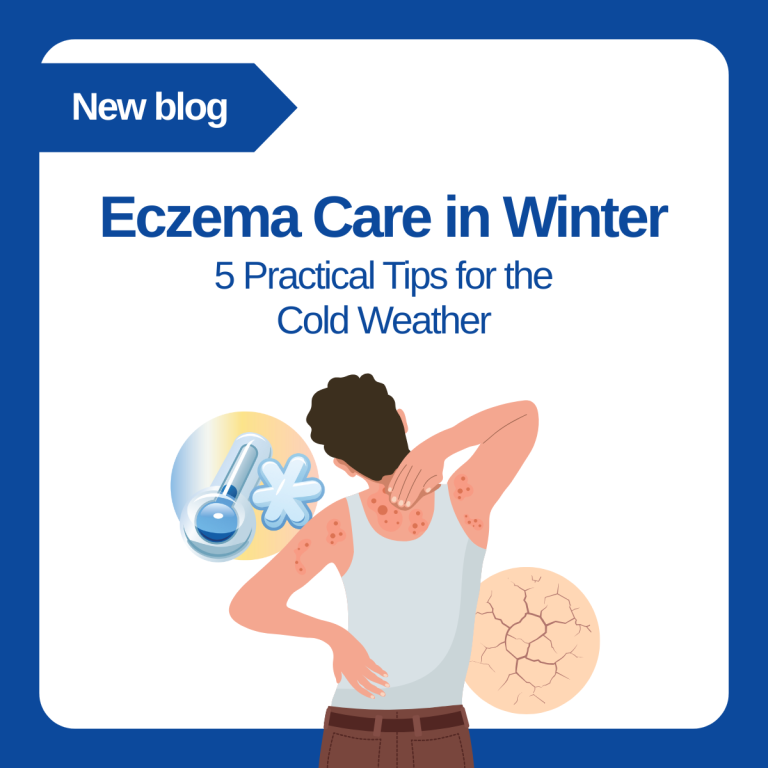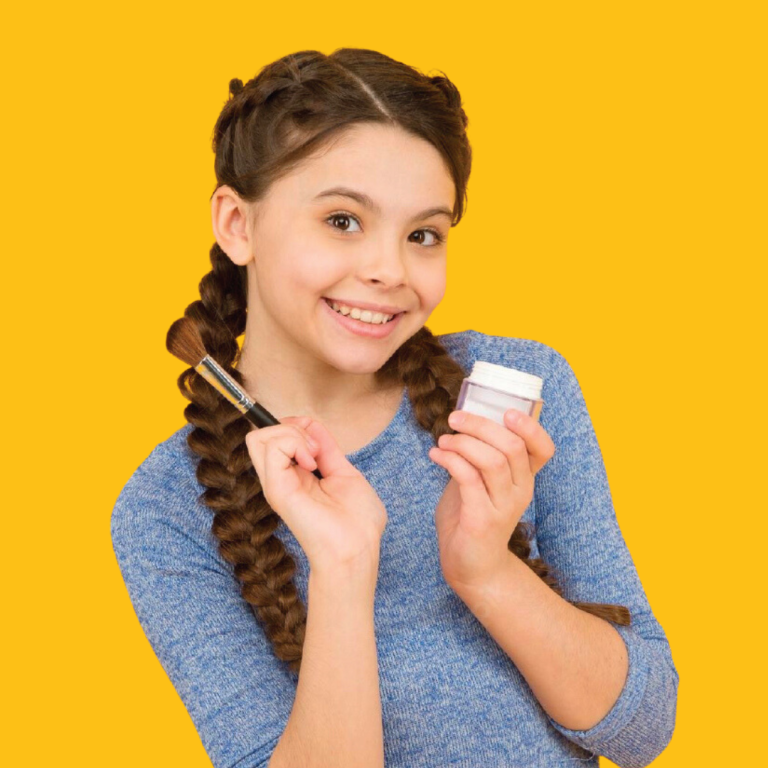Evidence, Not Endorsements
Eczema Support Australia is a registered charity, not a commercial organisation. We provide independent, evidence-based information to help Australians make safe and informed choices about eczema care.
We do not accept advertising payments or incentives from any skincare or pharmaceutical companies. Our guidance is informed by clinical evidence, expert review, and the lived experience of people affected by eczema — not by commercial arrangements or product partnerships.
We encourage consumers to look beyond product badges or marketing claims such as “dermatologically tested” or “supports eczema organisations.”
Such labels do not necessarily mean a product is suitable for eczema-prone skin. Always focus on the ingredients, how the product feels on your skin, and how consistently you can use it as part of your everyday care routine.







